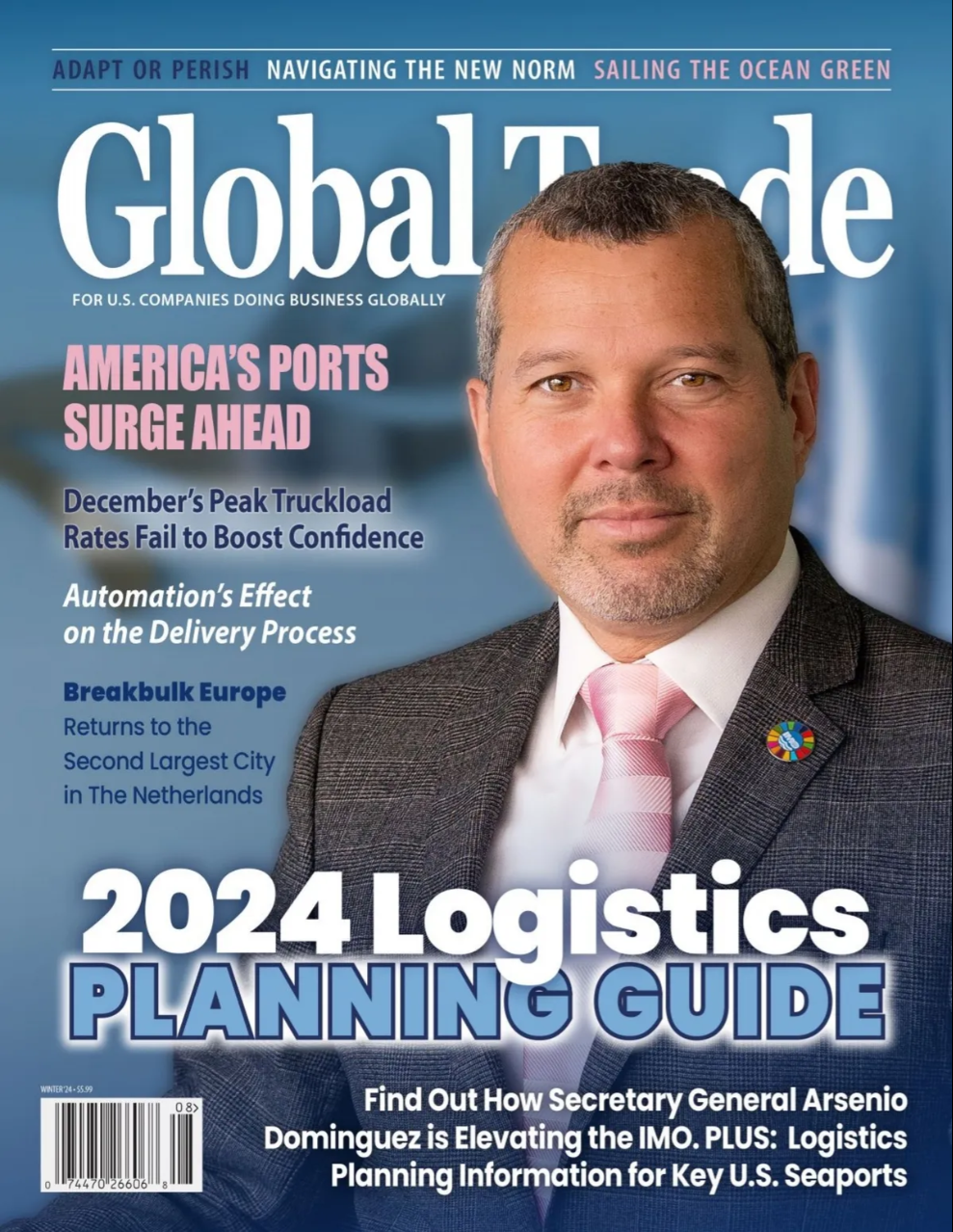Preparing FCL or LCL shipment can be a daunting task, especially if you’re new to shipping and logistics. Both methods have their unique requirements, but there are several key steps you can take to ensure your cargo is ready for transport, whether you’re filling an entire container or sharing space with other shippers. Here’s a checklist to help you prepare for either FCL or LCL shipments:
- Understand Your Cargo: Before anything else, know the dimensions, weight, and nature of your cargo.
- Choose the Right Packaging: Ensure your goods are well-packed for the journey. Use sturdy, HQ packing materials and Fragile items need extra padding, while perishables might require temperature-controlled containers.
- Label Clearly and Correctly: Every item should be clearly labeled with relevant shipping information like destination, handling instructions, and any hazardous material indications if applicable.
- Complete All Documentation: Prepare accurate shipping and customs documentations, including a Bill of Lading, commercial invoice, packing list and export or import forms.
- Understand Loading and Unloading Processes: For FCL, you’ll need to arrange for your container to be loaded and sealed at your facility. With LCL, your goods will be consolidated with other cargo, so be aware of the consolidation point and any related processes.
- Plan for Container Delivery and Return: For FCL, ensure you have the logistics in place for container delivery to your location, loading, and subsequent return of the empty container to the port or container yard.
- Inspect Your Cargo Before and After Shipping: Inspect your cargo identifying and addressing any damage before it’s loaded into the container and after it arrives at the destination.
- Insurance Coverage: Purchase insurance coverage for your shipment for both FCL or LCL to counter the risks during transit as insurance provides financial protection against loss or damage.
- Comply with Legal and Safety Regulations: Make sure your shipment complies with international shipping laws and safety regulations, especially when shipping hazardous materials. Non-compliance can lead to delays, fines, or confiscation of cargo.
By following these guidelines, you can prepare your cargo effectively for either FCL or LCL shipping, reducing the risk of issues and ensuring a smoother journey for your goods from origin to destination. Remember, successful shipping is all about attention to detail and proactive planning.




